Design & Technology
At Wellington Primary School, we want our children to become confident, independent problem solvers, who view challenges with curiosity and a ’what about trying…’ mindset - both at school and in their wider life beyond.
We understand the importance of exposing our pupils to a wide range of products that can inspire their curiosity and creativity, as well as the thought-processes involved in creating such products. Through this exposure, children take on the role of developer, evaluator and that of a critique, exploring how products can be developed or adapted for different users as well as creating and testing prototypes to give purpose to a variety of projects.
Our aim is for our children to understand the world around them; and their role within it. Linking learning to their own experiences and local or global issues is vital in preparing them for their future. In teaching Design and Technology, we want to provide ample opportunities for our children to be creative, solve problems and feel inspired. We will also work with our children to instil a love of cooking so that they may gain greater independence and the ability to feed themselves and others, affordably and well, both now and in later life.
To that end, children will have the practical and technical skills needed to put their ideas into practice - and the wherewithal to overcome whatever barriers may present themselves on the way.
All children will be given opportunities to explore new materials, tools, mechanisms and designs, and will be encouraged to explore all of these to find both their potential and their limitations. They will study the work of significant individuals (inventors, engineers, architects and activists), from different cultures, both past and present. Our children will also learn how to use these materials and tools safely and responsibly, and over time will begin to consider the impact that products (and material choices) can have on the wider world.
Please click on the button below for more information about our Design and Technology Knowledge and Skills Progression.
Design and Technology - Knowledge and Skills Progression




